BRATTLEBORO, Vermont—School for International Training has named Ronan Wallace, a 2022 alumnus of SIT’s Tibetan and Himalayan Peoples program, as the newest Alice Rowan Swanson Fellow. Wallace graduated summa cum laude with departmental honors from Macalester College with a BA in computer science and a minor in data and cognitive science.
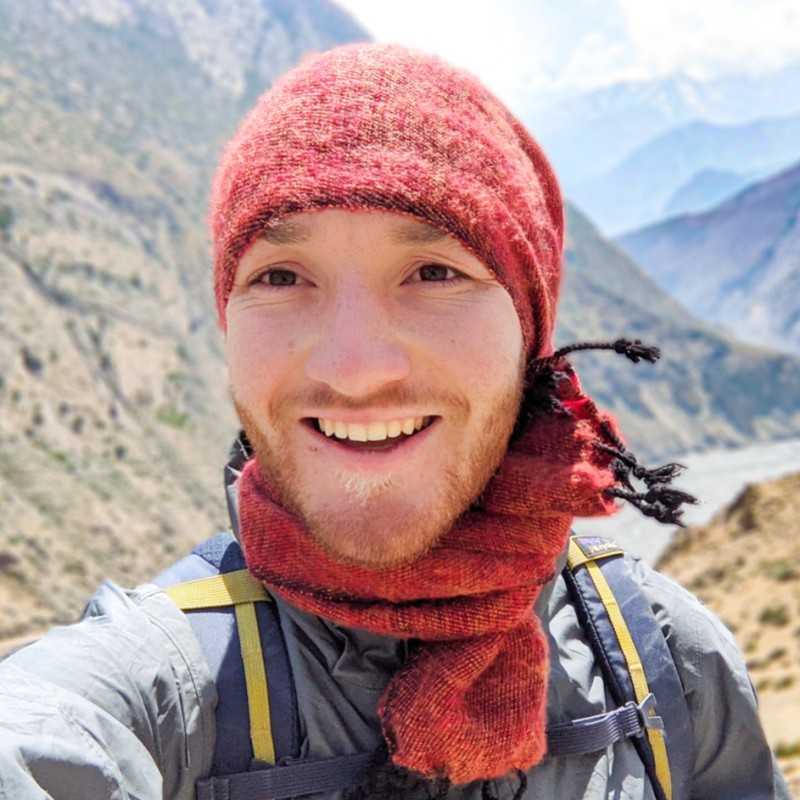
For his fellowship project, he plans to return to Nepal to document flooding impacts through 3D modeling and ethnographic interviewing in two communities threatened by Himalayan flooding, which is growing more acute each year due to the climate crisis. A lack of documentation makes it difficult for the communities to get the assistance they need.
In March through July 2024, Wallace plans to live in Lubra and Kagbeni, Tibetan villages in the remote and once-arid region of Mustang, where he will create new digital 3D models of flood damages, conduct oral interviews with community members, and film flooding during the monsoon season. “At the core of my project, I ask: ‘How can digital 3D models contextualized by local perspectives be used for swift communication of Himalayan climate-induced impacts?’”
In Mustang, Nepal, marginalized communities face drastic shifts in livelihood as flash flooding increases, “resulting in communal displacement, water insecurity, and cultural disruption across communities,” Wallace wrote in his application. “We need succinct documentation that supports communities in communicating local flood damages and conveying its cultural implications.”
Three-dimensional modeling is a low-cost, high-impact way to document climate-induced impacts, Wallace noted. By prioritizing local perspectives in contextualizing these 3D visualizations, his project “encourages communal voices to take center stage, spotlighting marginalized Himalayan communities struggling to adapt to anthropogenic climate impacts.”
He said his project may serve as a model for other impacted communities, and “demonstrate how we can empathetically contextualize data-based storytelling in a way that not only places communal voices ahead of our own, but also results in an effective resource for communal use.”
SIT Nepal Academic Director Isabelle Onians had high praise for Wallace’s proposal, based on the exemplary Independent Study Project he produced while on her program. In her recommendation to the fellowship committee, Onians said his project “is an inspiring example of how a single young person can make an enormous difference.”
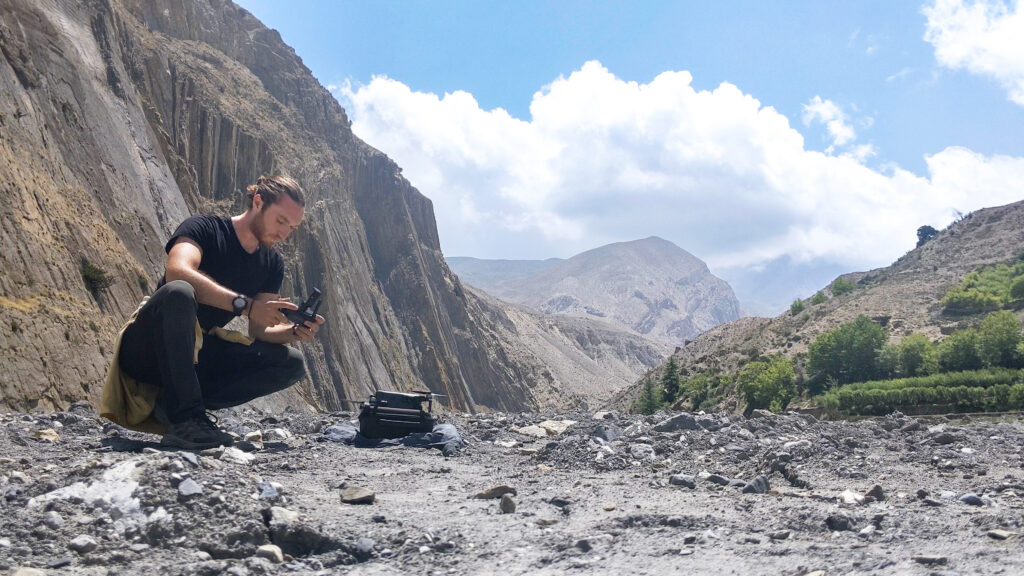
“Community leaders in the valley of Lubra and Kagbeni and in the broader society of Mustang are requesting him to come and document the climate change they are undergoing,” she wrote.
Winters are warming and monsoon months are intensifying in Nepal’s remote Mustang region, leading to increased flash flooding in Lubra, one of the few villages in Nepal still fully practicing Bön, the indigenous religion of the Tibetan Plateau. As flooding increases, residual sediment is raising the elevation of the riverbed, and community members fear their village will be submerged within 10 years, Wallace reports. “Over eight centuries of culturally significant land and homes are slowly disappearing, and families fear their ancestral heritage will go with it.”
In the nearby Tibetan village Kagbeni, recent flooding washed away 29 houses and displaced more than 150 people, causing more than USD$12 million in damages, crippling the village’s agricultural livelihood and economy.
As calls for protective policies come into question, Wallace says a lack of documentation of these impacts will result in inadequate adaptation strategies and perpetuate limited relief funding.
Although there has been extensive photo documentation of glacial retreat in the Himalaya, Onians said the humanitarian aspect of Wallace’s project makes it unique because of his very personal commitment to both the content of the problem and to finding a solution, as well as to the means he is deploying.
During his semester abroad, Wallace formed deep professional and personal relationships with collaborators in his project site and in the wider region. His co-researcher, Yungdrung Tsewang Gurung, studies migration and climate change through collaborations with Yale University and the University of British Columbia, and the research team includes Sonam Lama, a research associate in sustainable urban planning and Hubert H. Humphrey Fellow at MIT, and Dane Carlson, a Fulbright Nepal alum and environmental design strategist at the United Nations Office for Project Services in Nepal.
“Given the robust connections I have formed during my prior fieldwork in Nepal, my training in both engineering and ethnography, and my experience conducting qualitative and quantitative research in multiple international contexts, I believe that I am fully equipped to carry out my proposed project,” Wallace wrote. “The Alice Rowan Swanson Fellowship will allow me the time, space, and funds to continue my dream in applying engineering for humanitarian efforts.”
Wallace’s collaboration with Yungdrung Tsewang Gurung was published in the Nepali Times. Since his semester abroad, he has presented at five conferences in the U.S. and Europe and founded a a project at UC San Diego’s Engineers for Exploration research group, where he leads undergraduate engineers. He also created a website with more information about his project.
Last fall, SIT submitted Wallace’s ISP work to The Forum on Education Abroad in the Academic Achievement Abroad award category. Wallace also presented a paper at the inaugural SIT Journal of Critical Global Issues round table in May and was invited to submit his manuscript for consideration for the first issue of the journal.
After he returns to the U.S., Wallace plans to pursue a PhD in computer engineering with applied research in environmental conservation and cultural preservation.
The Alice Rowan Swanson Fellowship was established in 2009 by the family of SIT Study Abroad Nicaragua ’06 alumna Alice Rowan Swanson as a living tribute to her life, her passion for bridging cultures and helping others, and the role that SIT Study Abroad played in her life. A 2007 Amherst College graduate, Alice was killed while riding her bike to work in 2008.
The fellowships are awarded twice annually to SIT Study Abroad and IHP alumni to return to their program country and pursue further development projects benefiting human rights in that region.
Jashua Jacoves studied abroad on SIT Nepal: Tibetan and Himalayan Peoples in fall 2022. This story was originally published on the blog of Trinity College in Hartford, Connecticut. It is reprinted here with permission.
A half a world away from the urban landscape of Hartford, Trinity College student Joshua Jacoves ’23 spent the fall 2022 semester in the mountains, jungles, and farms of Nepal, learning the Tibetan language and studying elephant tourism.
Jacoves—an anthropology major from Tinton Falls, New Jersey, with minors in community action, Jewish studies, and religious studies—didn’t know a word of Tibetan before choosing to embark on the experience through Trinity’s Office of Study Away.
He learned about School for International Training’s Tibetan and Himalayan Peoples program in Nepal, which includes three months of classroom instructions and one month of research, while he was looking into social science field schools. “I knew Nepal had Mt. Everest and the Himalayan Mountains, but other than that, I didn’t know much. It sounded like a cool place that probably would be hard to explore for four months at any other time in my life,” said Jacoves. “Plus, I like cold weather.”
Jacoves shared memories of his time in Nepal:
Where did you stay during your semester in the Nepal program?
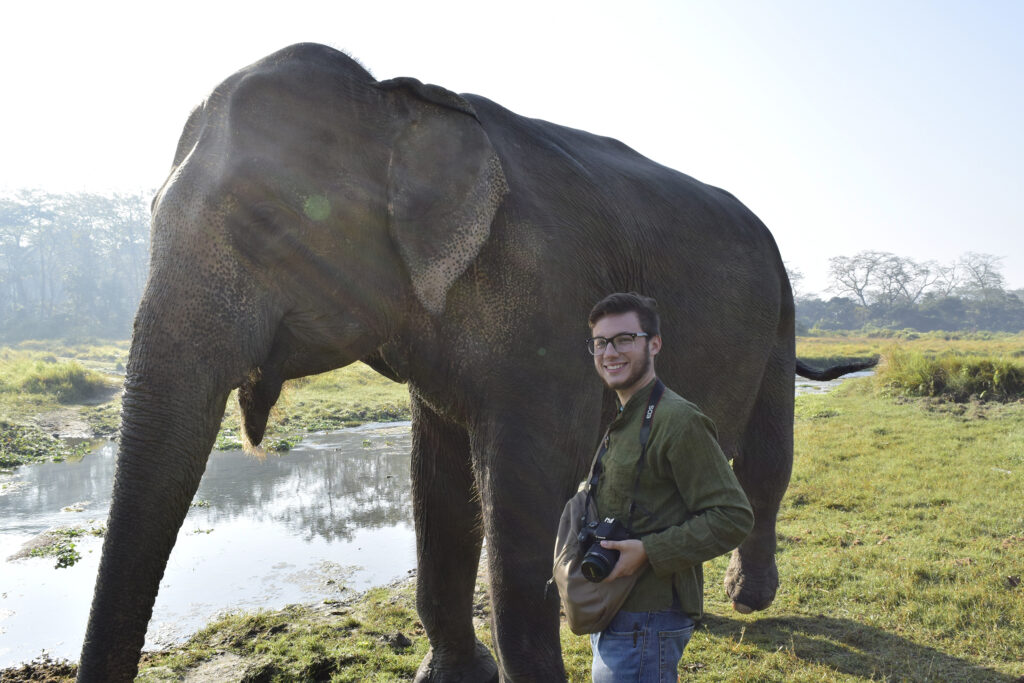
For the main portion I was staying in Kathmandu with a Tibetan host family that was also Nepali. I had a host grandmother, mother, sister, and brother. The brother and sister both spoke English and Tibetan fluently. I had to learn some Tibetan really fast, and I’m trying to keep learning the language now that I’m back at Trinity.
I lived in the Boudha area, near the gorgeous Buddhist monument and UNESCO World Heritage Site called the Bouddha Stupa.
I lived in the Boudha area, near the gorgeous Buddhist monument and UNESCO World Heritage Site called the Bouddha Stupa. I also spent two weeks in Ladakh, India, right by the Chinese border, and two weeks in a northern region of Nepal by Langtang National Park. In the final month, I did an independent study on elephant tourism in Sauraha, a small jungle village in Nepal, where I lived alone in a bungalow and worked with elephants in Chitwan National Park.
What kind of research did you do with the elephants?
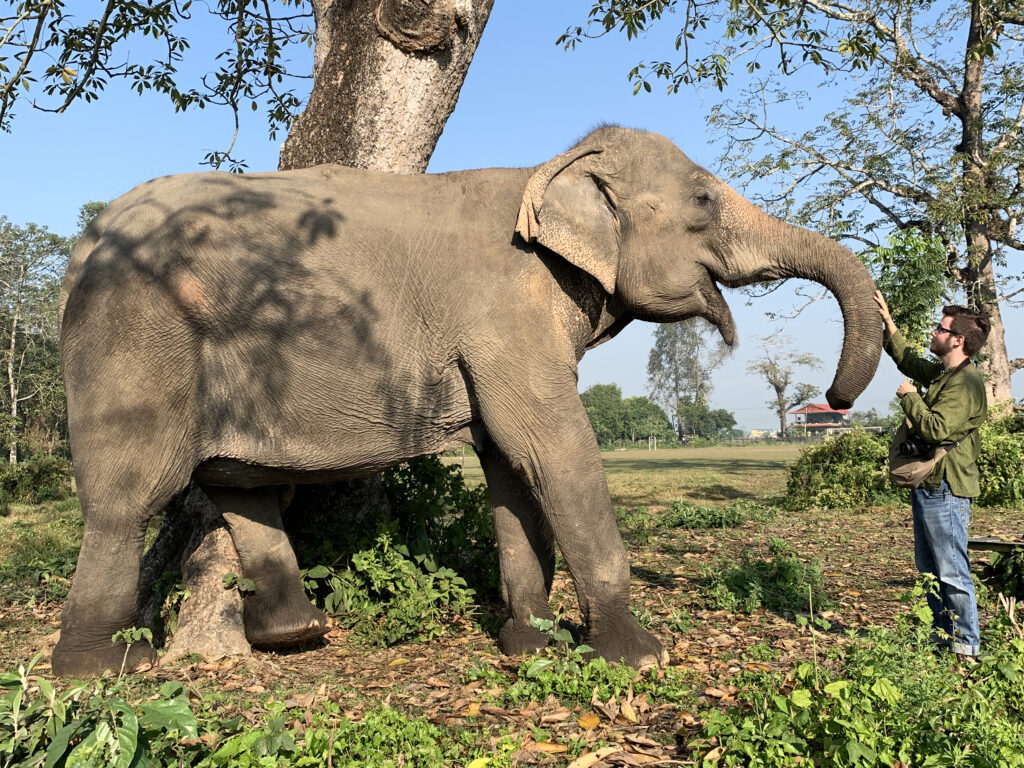
I decided to study elephant tourism because I felt it was an extremely understudied area. In recent years, news headlines have mentioned potential animal rights violations and were placing the blame on the trainers. I went to study if this was actually the case, and found it to be an extremely complicated issue that the news has poorly written about, which was the point of the paper I wrote following the project. Elephant tourism in general is the main selling point for Chitwan National Park in Nepal, and while there is some awareness there about animal rights concerns, the main sense is that it is just another vehicle for the local economy, in the same way owning a Jeep for safari tours is.
I was studying the tourism industry through the people who work in the industry and through the elephants themselves.
I studied interactions between elephants, their trainers, and the network that allows elephant tourism to happen. In Nepal, elephants are either government-owned, wild, or owned privately for tourism. I was studying the tourism industry through the people who work in the industry and through the elephants themselves. It was kind of a multi-species ethnography project. I spent every other day for a month at different elephant camps, working with their owners and trainers, walking in the jungle with the elephants, and helping them get food, which takes up about 40 percent of their day.
What classes did you take?
There were 14 Americans, one South African student, and two local Nepali students in my program. For the first three months, we had a program center in Kathmandu. Half the day was Tibetan instruction, followed by classes with teachers and guest lecturers. We learned about religion in the area; since Nepal is sandwiched between India and China, we were looking at Buddhism, Hinduism, and the indigenous system Bön. Another class was in geopolitics, talking about Tibetan exiles and about Nepal being in between two superpowers. There was also a general research methods course.
Where else did you go on excursions?
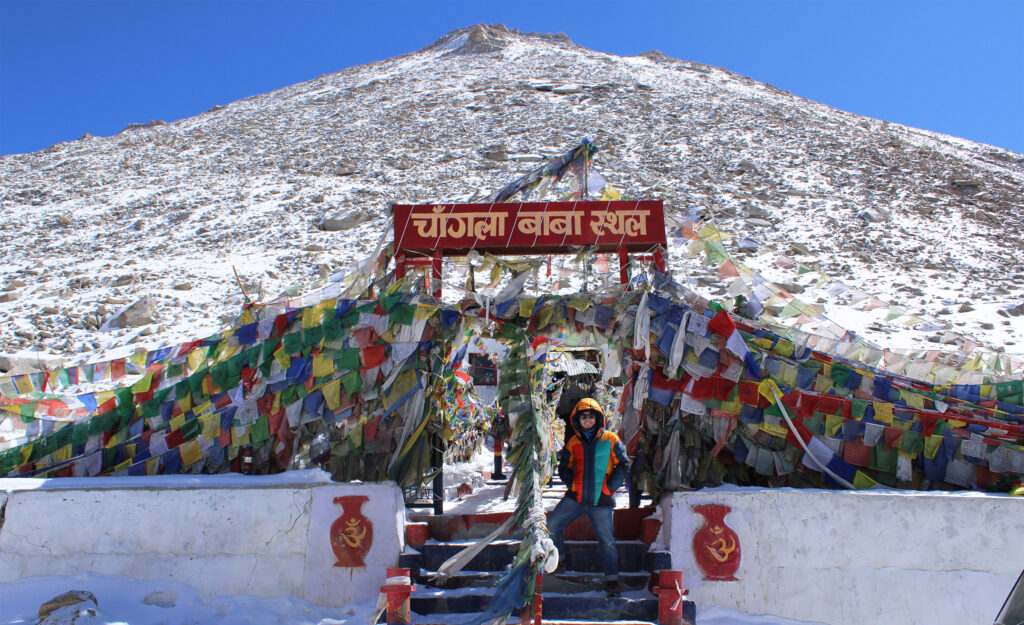
We stayed in the Changtang Valley, a nomadic yak-herding region in Ladakh, at about 18,000 feet elevation. We spent a week with yak herders, up in the mountains, where we could see the Karakoram mountain range and K2, which was incredible. We crossed one of the highest motorable roads in the world, zig-zagging up these Himalayan peaks in a little Jeep.
With climate change and the high elevation, the Himalayas warm at about three times as fast as the rest of the world, so they’re facing some serious water issues.
We spent a lot of time looking at climate change in the region, where all the water is glacial-fed. With climate change and the high elevation, the Himalayas warm at about three times as fast as the rest of the world, so they’re facing some serious water issues. We visited three different villages looking at how tourism influences how the villages are set up, and we looked at the recovery from the 2015 earthquake.
What was a typical day like for you?

In Kathmandu, I’d be woken up at 6 a.m. either by the monks chanting at the monastery across the street or by the goats at the apartment next door. I didn’t need an alarm clock. After breakfast with the host family, I’d walk around the Bouddha Stupa three times in observance of the Buddhist ritual. I spent enough time there to form relationships with local shopowners around the stupa, so I could get a cup of tea and they’d practice their English while I’d practice my Tibetan. At the program center, I’d have classes, then in the afternoon get coffee with friends, do some homework, or help my host family brother study for his school exams, which were in English.
Every other day, I headed out on the back of a motorcycle to one of the elephant camps I was working with. I made food for the elephants with the trainers, and we’d take the elephants out to the jungle and help them get some food by chopping trees if they needed.
When living in the jungle village, I found this little shop that sold the Indian version of corn flakes and could sit on the porch during breakfast. Every other day, I headed out on the back of a motorcycle to one of the elephant camps I was working with. I made food for the elephants with the trainers, and we’d take the elephants out to the jungle and help them get some food by chopping trees if they needed. In the afternoon, I could help out the neighbors who were beekeepers and farmers, and then make dinner and eat with them.
What were some of your favorite memories or experiences?
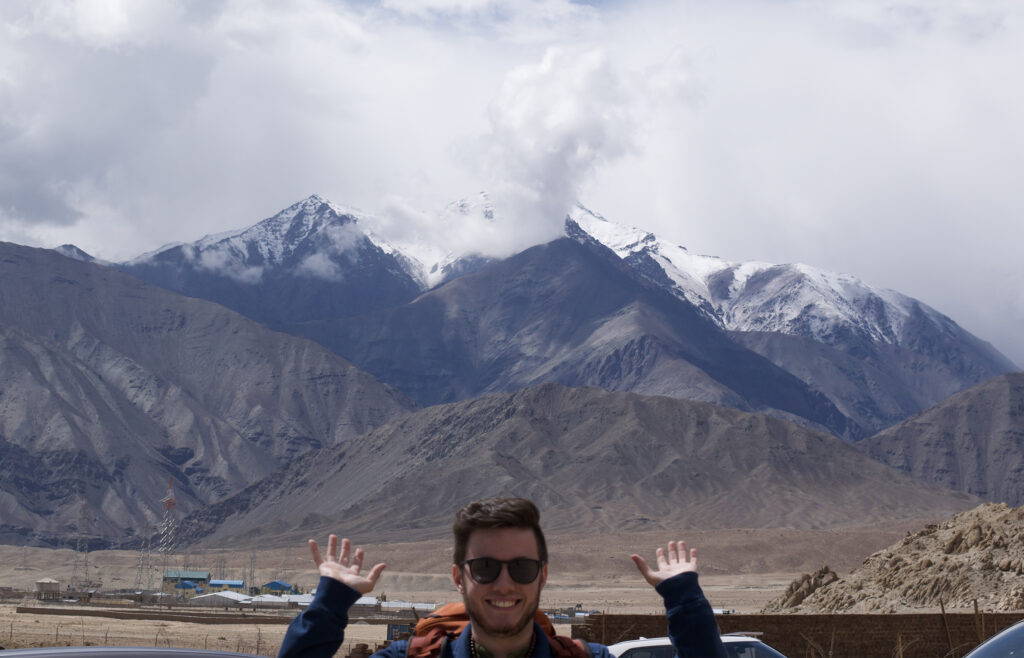
People ask me mostly about the elephants, but really the most impactful part and what I miss the most is living with the host family. When I needed a haircut, my 9-year-old host brother brought me to get a haircut where he got his cut. I had to completely trust him to tell the barber what I wanted, and afterwards I took him to buy bubble tea. I love to cook, so I spent a lot of time learning Tibetan or Nepali recipes through my host family. I still keep in touch with them. And I’m a big hiker—I do Quest here at Trinity—so being able to climb a Himalayan mountain was a highlight. The mountain we summited, Ama Yangri in Nepal [pictured in the photo at the top of this page], wasn’t technical, just a trekking climb.
Was there anything that surprised you?
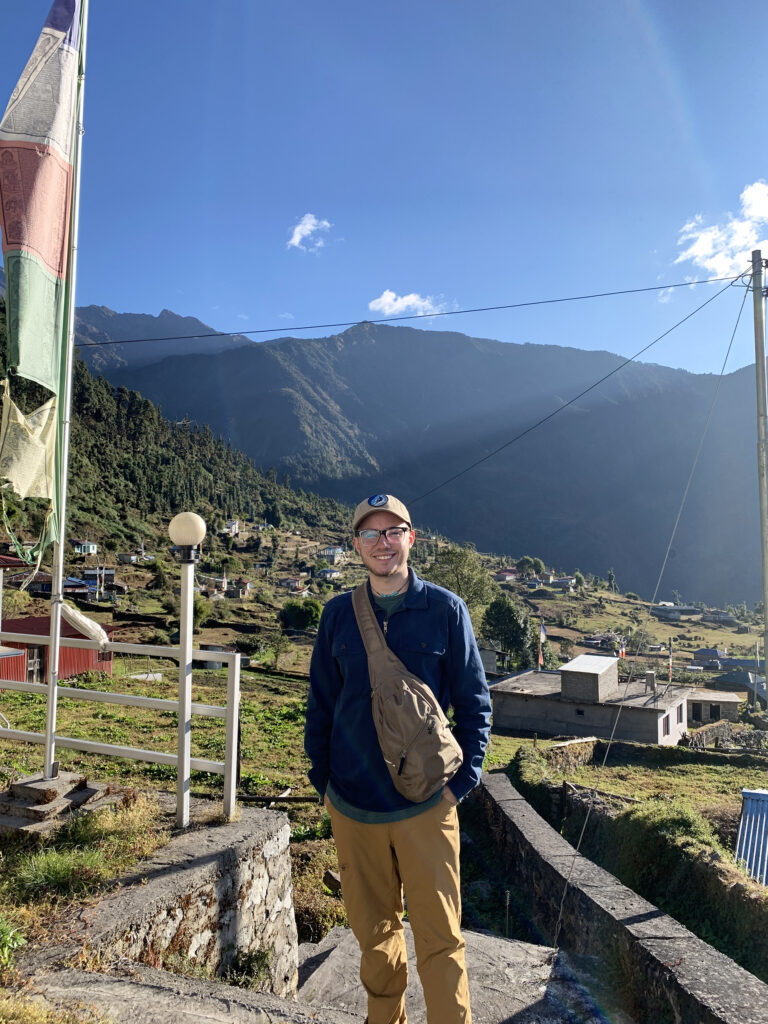
I learned a lot. I understood how easy it is to get processed or prepared food in the United States, but I didn’t realize the extent of that until I got to Nepal. I think that was the thing that shocked all Americans. The other thing I picked up on was how privileged we are in the United States with our water. If I want to eat an apple at home, I might wipe the wax off and then just eat the apple. In Kathmandu, their tap water isn’t really safe to drink. You had to wash an apple with tap water and soap, rinse it with bottled purified water, let it dry completely, peel it, and then you could eat it. We’re lucky that at home we can go to a sink and get a glass of water.
What did you learn from this semester about yourself and about the world?
My thesis at Trinity is in religious anthropology. Before I went to Nepal, I just assumed I’d do a PhD with research that is religious-focused. Being in Nepal changed that by spending time with people and with the elephants and studying human-wildlife conflict. Now I’m rethinking what I might go to grad school for, which is a good thing. On the personal side, I’ve hiked, camped, and backpacked most of my life, but I know now I have the skills to get dropped off somewhere and figure things out. It’s okay to just show up somewhere; you might butcher the language, but you should still try to use it. Even in places that seem so remote and so far from the lives we know, there’s a lot that’s still the same on the base level. We’re all human at the end of the day.
Learn more about SIT Nepal: Tibetan and Himalayan Peoples
Two students on the fall 2022 SIT program Nepal: Tibetan and Himalayan Peoples got a jump start on their language learning even before their immersive program began.
Lily Talmont, a senior at Macalester College, and Sonam Rikha, a junior at Pomona College student, both took SIT’s virtual Tibetan language summer course as a precursor to their study abroad experiences.
“SIT’s program in Nepal stood out to me because of the authentic connection with the Tibetan community that was evident in the program listing,” said Lily. “This has been a huge highlight and strength of this program. A part of this connection with the Tibetan community is the program’s commitment to teaching the Tibetan language.”
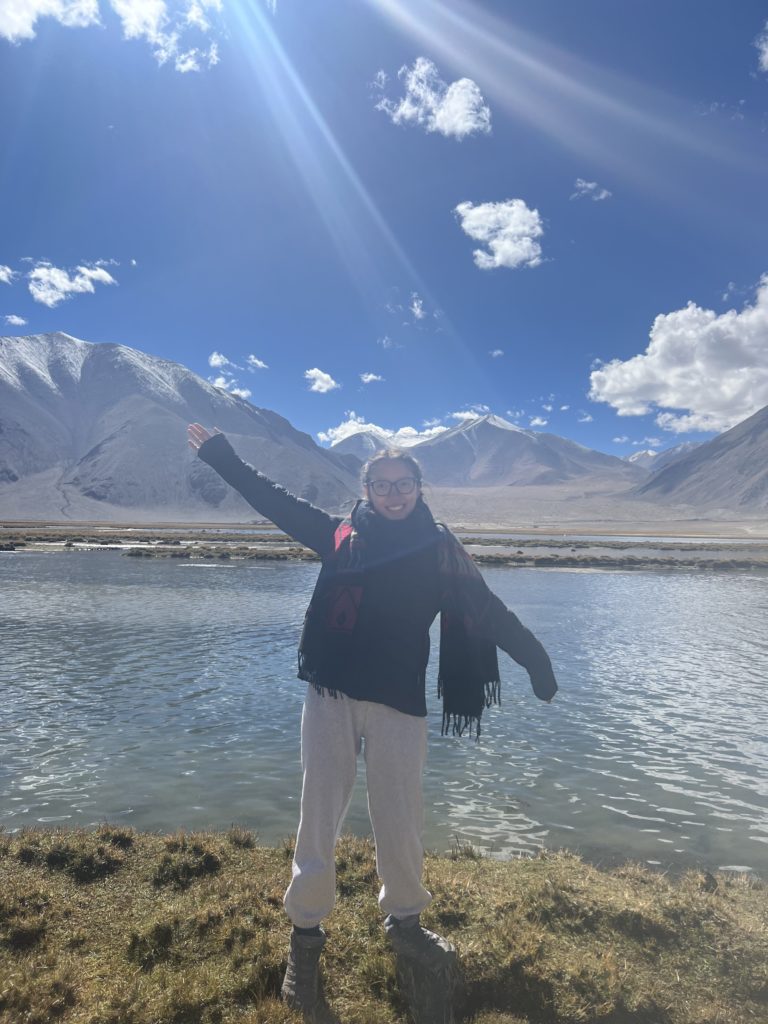
She said she was pleasantly surprised to find that SIT offered a virtual Tibetan language program. “Immediately, I was attracted to the idea of continuing with the same teachers through the summer and fall. I had no idea just how impactful this decision would be.”
Lily said the connections she formed online with her language teachers and partners eased her anxiety about traveling to Nepal. “When I arrived in Pharping, my favorite language partner, Ani Sangye la, made me a bracelet that I wear every day. I felt so welcomed and happy to be with the people I had developed friendships with over the summer.”
Sonam, an international studies major with a minor in Asian studies, is the daughter of Tibetan refugees. She grew up in a small Tibetan community in Chicago and hopes to incorporate her culture and her career.
“As an international relations major, I was interested in the politics of Tibet and the Himalayas, which is a region that is overlooked and understudied,” she said. “I was particularly interested in the experiences of Tibetan refugees in Nepal and India. The SIT Nepal: Tibetan and Himalayan Peoples program seemed perfect for my academic interests and my desire to develop my proficiency in Tibetan. Also, the excursions the program takes to different parts of the Himalayas 100 percent sparked my interest and excitement to participate in the program.”
Before her virtual class in summer 2021, Sonam says her language proficiency was “beginning intermediate and conversational” so she enrolled in the Intermediate Tibetan II course online to improve her language skills before traveling to Nepal. The course made it easier for her to understand Tibetan grammar rules.
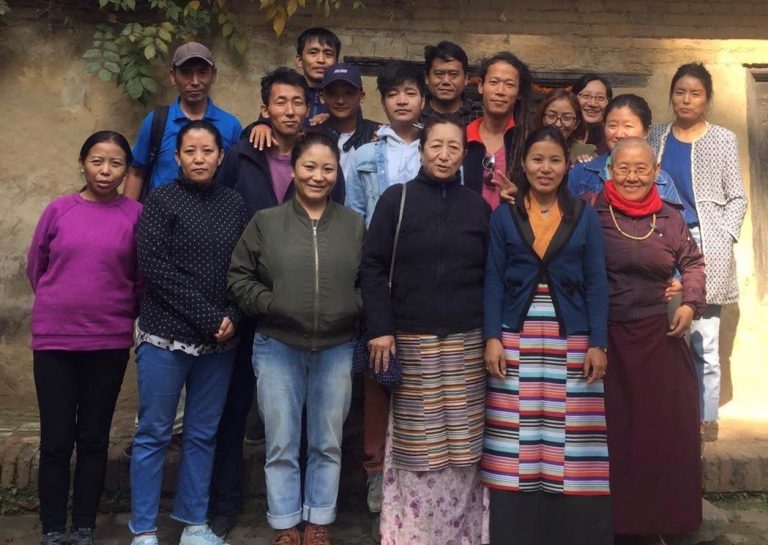
“I appreciated that the class sizes were small and really loved having one-on-one conversations with different Tibetan language partners,” she said. The program’s language partners are from various backgrounds and different regions of Tibet. Sonam said not only did her conversations with them help to improve her language ability, it also helped her learn more about the status of Tibetan refugees in Nepal.
Sonam said she still felt uncertain about speaking Tibetan when she arrived in country. “I was conversational and knew I could survive with my language skills, but my speaking level wasn’t always grammatically correct, and my vocabulary was limited.”
She said her new language skills were most helpful with her homestay family, who didn’t speak English, and on an excursion to Helambu, which is home to the Yolmo people. “The Yolmo people have cultural and linguistic ties to Tibet. The Yolmo language is very similar to Tibetan. Therefore, I was able to converse and bond with my Yolmo host dad and host mom, who only knew Nepali, Yolmo, and a bit of Tibetan.”
Lily said her new language skills were not only helpful in country, but also inspirational. “In terms of language improvement, I cannot understate how much I have surprised myself. I have had several conversations in Tibetan without much help. Albeit basic conversations, those conversations have really inspired me to continue learning more languages.”
Both women concluded their programs in December with independent projects. Lily taught English Tibetan, and math to kindergarteners, while Sonam researched Tibetan statelessness in India.
Sonam says she will continue practicing Tibetan with her family and community members. Her career goal, she says, it to work for the United Nations Human Rights Council or the United Nations Refugee Agency and “uplift the voices of stateless Tibetans as well as Tibetans inside Tibet.”
Find out more about SIT’s International Honors Program in Human Rights
This post was originally published on the Cornell College News Center. It is reprinted here with permission.
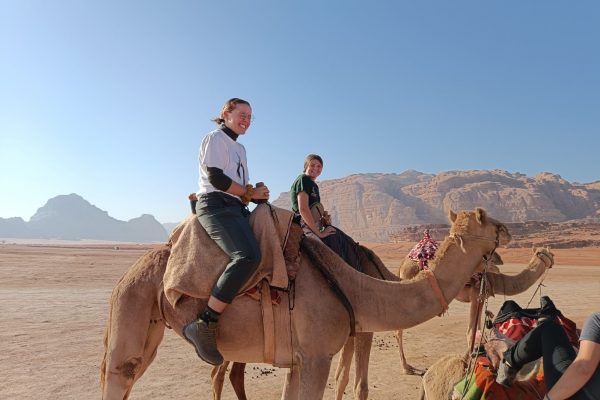
Cornell College senior Annabella Poulos has earned the Benjamin A. Gilman International Scholarship and is traveling abroad to Nepal, Jordan, and Chile this semester.
The Gilman Scholarship is sponsored by the U.S. Department of State and provides Pell Grant recipients with funding to be used toward internships or study opportunities abroad. “Last academic year, I found the IHP Human Rights Program offered through the School for International Training (SIT) Study Abroad. It’s an honors program for students that moves between three different countries throughout the semester,” Poulos said. “This was appealing to me because I would have the ability to experience three completely different cultures and communities and get a more hands-on approach to learning about human rights issues around the world.”
I am also doing a research project in all three countries on spatial justice through migration, citizenship rights, and right to land.
Poulos takes five courses in each country, language, Research Methods, Civil Society’s Role in Human Rights, Foundations of Human Rights, and Comparative Issues in Human Rights. He focuses on studying different human rights violations within each country, examining the similarities and differences.
“I am also doing a research project in all three countries on spatial justice through migration, citizenship rights, and right to land,” Poulos said. “This is something that I have been interested in throughout my studies at Cornell and have done previous research in other classes. It also ties into my future career goals of working to help migrants and refugees connect to their new home and community when entering the country.”
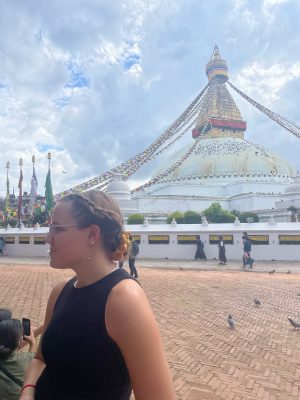
This Milwaukee, Wisconsin, native says this is the first time he has left the country. He says it’s one thing to read about these cultures in books, but it’s something else entirely to experience it in person.
“Some of my biggest takeaways from this program are the rights surrounding migrant workers and the struggles they face every day,” Poulos said. “Hearing personal stories and being able to learn about real cases and issues that people have and are going through has truly changed my perspective on transient workers and their rights. Tying into this, understanding the importance of citizenship documentation and having a home country, especially in the Middle East, has tied greatly into most of the issues we discuss every day.”
Poulos, who is a religion major at Cornell, worked with Assistant Professor Chris Hoklottube, Professor Steven Sacks, and Dungy Writing Studio Director and Director of Fellowships and Scholarships Laura Farmer on the Gilman Scholarship application.
Some of my biggest takeaways from this program are the rights surrounding migrant workers and the struggles they face every day.
“I was thrilled when Annabella won the Gilman Scholarship, particularly because his first attempt was unsuccessful,” Farmer said. “Annabella is a great example of the importance of tenacity and revision when it comes to pursuing scholarships and fellowships. The second time around he found a program that fit his professional and personal ambitions even better, and now he’s off on a great adventure.”
The Gilman Scholarship provides up to $8,000 for study abroad costs, based on the applicant’s financial need. Students can apply for the scholarship to any program, any country, and for any length of time; block classes abroad also count. The next deadline is March 9, and Farmer said she’s happy to answer questions for any interested students.
As for Poulos, he’s filling his days abroad with new experiences and opportunities while he’s abroad and is thankful for friends back on campus keeping him informed about what’s happening on the Hilltop. Now, he’s got his eyes set on the future and all the possibilities that lie ahead.
“I have become more confident in my skills and knowledge throughout this program and believe that will help me to become a highly qualified candidate when looking for future opportunities,” Poulos said.
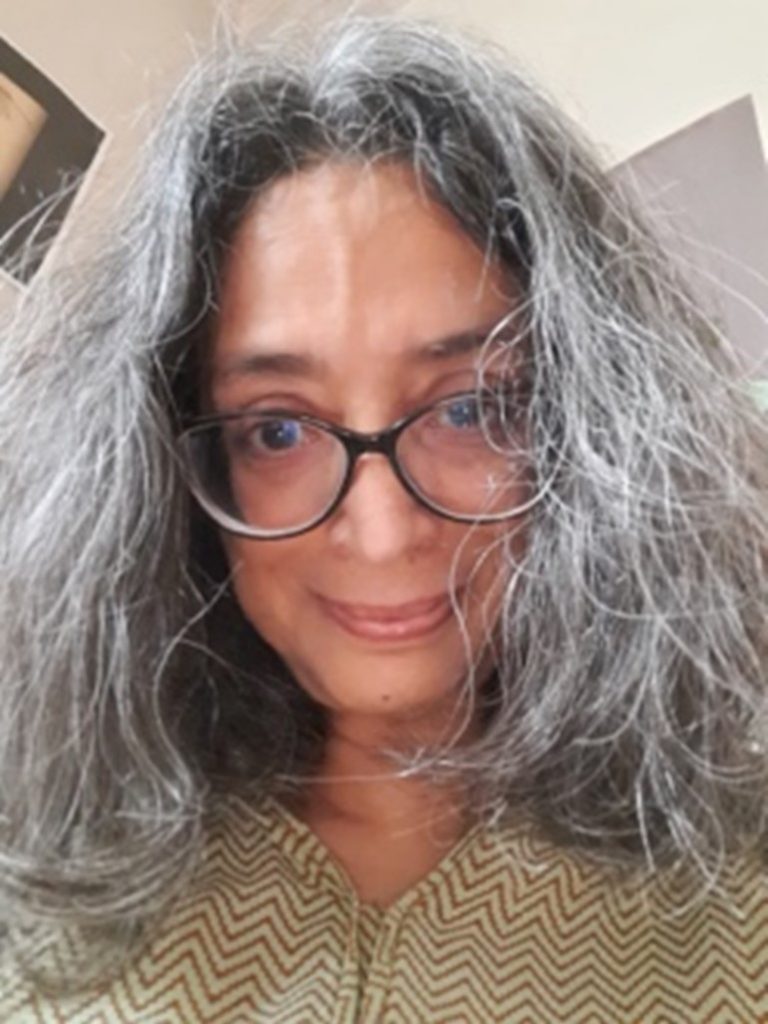
During Women’s History Month, SIT spotlights some of our extraordinary faculty, staff, and alumni across the globe who are making history today through their thinking, their words, and their actions.
By Nazneen Zafar
Faculty Advisor
SIT Nepal: Tibetan and Himalayan Peoples
Reflecting on the women I admire—the ones who have proved a real inspiration—I am struck by how the names and faces that come, come in such a mixed-up way. That is, the names and faces of the great women, the great achievers, appear all jumbled up with the names and faces of women I have met in my own quite ordinary life.
It’s not clear why this happens. Do I suspect that the everyday routines of remarkable women have a lot to do with their genius? Do I believe that many of the so-called ordinary women of everyday life have heroic qualities? Hard to tell. Likely some weird and wayward combination of partiality and temperament is at work here.
The women who do capture my imagination are the ones I see as so completely absorbed in their particular passion or vocation, so well-occupied in carving out their own path, that they can’t spare a thought on who’s doing better than them or worse than them, and for what fair or unfair reason.
Who can say exactly what shapes one’s inner eye? What is clear is that I’m not very attracted to women—whether eminent or obscure—who seem to me to be actively striving to become “as good as” men; or to outdo them, surpass them.
The women who do capture my imagination are the ones I see as so completely absorbed in their particular passion or vocation, so well-occupied in carving out their own path, that they can’t spare a thought on who’s doing better than them or worse than them, and for what fair or unfair reason.
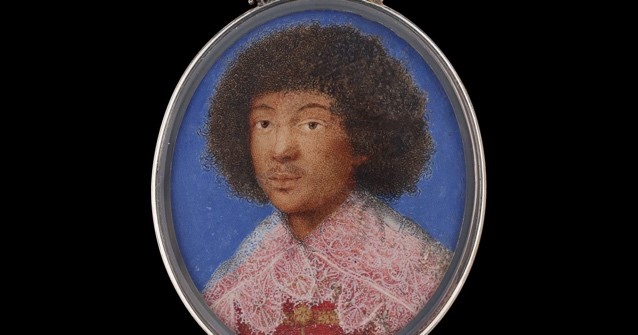
As such, I find myself dwelling today on Giovanna Garzoni (1600–1670). A successful and influential artist, Garzoni’s portraits and botanical paintings were highly prized and praised in her time. These days, her portrait of the Ethiopian nobleman Zaga Christ is described by art dealer Philip Mould as “an object of great historical importance, the earliest-known European portrait miniature to depict a black sitter. It represents a moment all too rare in the European history of the early modern period—one in which an African sitter is treated by an artist in exactly the same terms as a European. It’s a rediscovery, a revelation.”
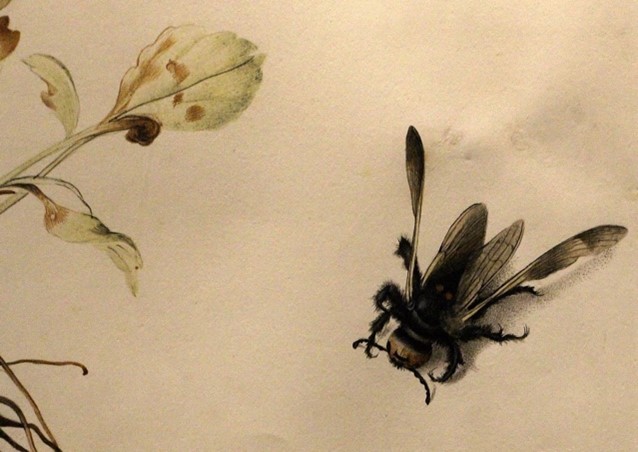
Of course, it’s fun to conjure up this genius and write about her. Since she is someone from the faraway past, it is easy to detach her individual achievement from the political rages and fashionable righteousnesses of her era. Distance lends enchantment. Distance lends uncomplicatedness.
Maybe it would be more fitting to focus on contemporary struggles and triumphs and highlight some contemporary female artist. But somehow, right now, my mental picture of Giovanna Garzoni shines brighter than any other: I see her sitting bent over her work, putting careful brushstrokes on the luminous wing-vein of a sawfly and the tip of a buttercup leaf—while, elsewhere in Rome, artists prepare their submissions for the competition that will decide who gets to design the Trevi Fountain.
Registration now open for nearly 40 SIT summer programs
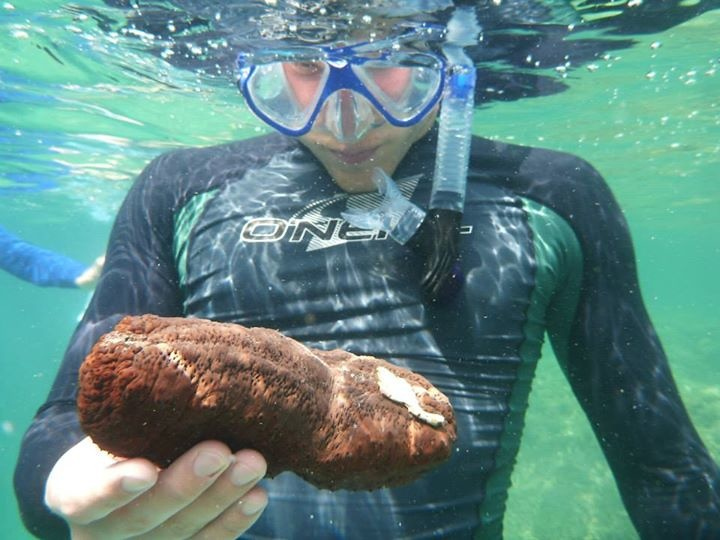
If you haven’t yet begun planning for next summer, this is a great time to start.
Registration opens Wednesday, Sept. 15, for 38 SIT summer 2022 study abroad opportunities. Included are new programs that encompass art and social change in Eastern Europe; hip-hop music and decoloniality in Senegal; climate change in Jordan; peace-building and human rights in the Balkans; human trafficking in the Netherlands; food security in Italy; epidemiology in Argentina; and urban design and social justice in Spain.
“SIT has historically expanded the frontiers of international education, creating global opportunities of learning and cultural immersion for thousands of students a year across all continents,” notes SIT Dean of Faculty Dr. Said Graiouid. “The summer 2022 portfolio maintains that tradition with programs that focus on social, political, economic and scientific arenas and in diverse historical periods and geographical settings.”
Students are challenged to embrace a human-centered, comparative approach …”
SIT’s immersive programs next summer will take place in sub-Saharan Africa, the Asia Pacific region, Europe, and the Middle East/North Africa.
SIT will also once again offer virtual internships that allow undergraduates to build invaluable professional and academic experience on a range of subjects. These include two Jordan internships, in counseling and humanitarian action, and in community empowerment and climate change; women’s rights in Cameroon; education and social change in Chile; sustainability in India; public health in Kenya; human rights in Serbia; diplomacy and international relations in South Africa; and development and gender in Vietnam.
Regardless of which program they choose, says Graiouid, “students are challenged to embrace a human-centered, comparative approach in which they engage with resources and the competencies needed for the development of the skills of critical literacy, intercultural communication, and intellectual polity.”
Alix Swann, an international studies major at Spelman College, did a virtual internship on the Chile program in fall 2020 in which she worked with a women’s collective that fights street sexual harassment. Alix’s task was to teach about U.S. laws and policies on sexual harassment in the workplace and digital sexual harassment.
“Before this internship, my viewpoint was solely from a U.S. perspective, and I now no longer try to relate everything to the U.S.,” she says.
Yardena Meyerhoff, a physics and astronomy major at Whitman College, also did the Chile program, interning with the Colegio de Profesoras y Profesores de Chile to conduct a comparative analysis of Chile’s standardized testing system and the effect of standardized testing on student learning and development.
“My meetings with my internship advisor were very organic and natural and would often go in fascinating and sometimes unexpected directions. Our conversations made me think about my own experiences with education growing up in Minnesota, and how education systems around the world suffer from similar inequalities,” Yardena recalls.
SIT’s virtual language programs have also been popular during the pandemic. Language options for summer 2022 include all levels of Arabic (from Jordan); Swahili (Kenya); Hindi (India); Nepali and Tibetan (Nepal).
New SIT programs for summer 2022 are:
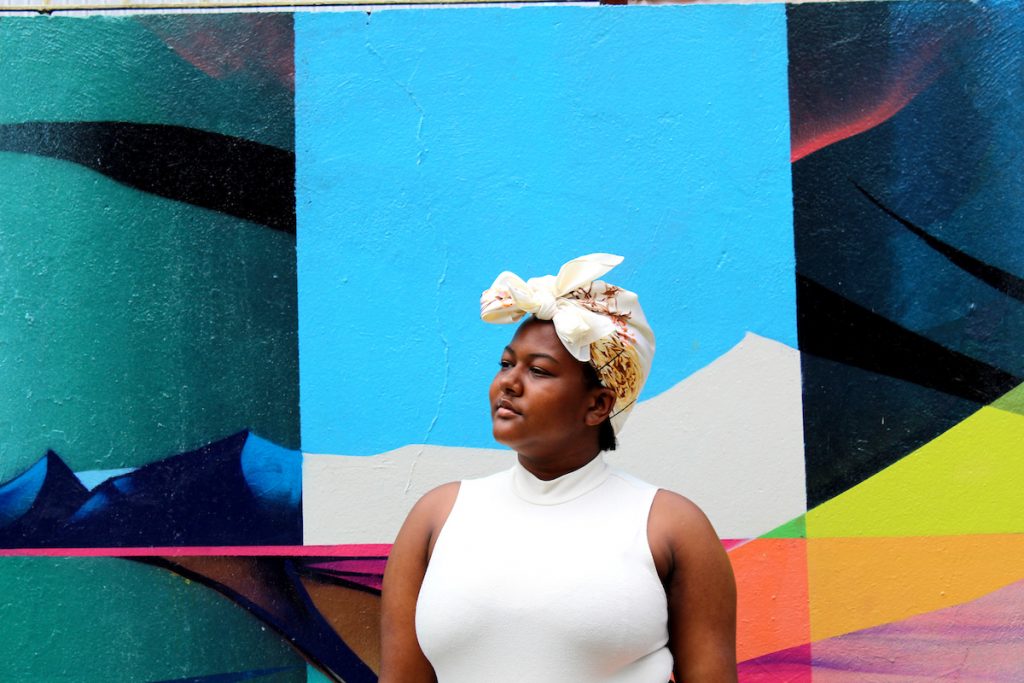
Argentina: Epidemiology and Healthcare Management—Through SIT’s close partnership with ISALUD, the nation’s top health university and think tank, examine urban epidemiology, health inequalities, and the challenges of managing health services and policies to expand access to healthcare.
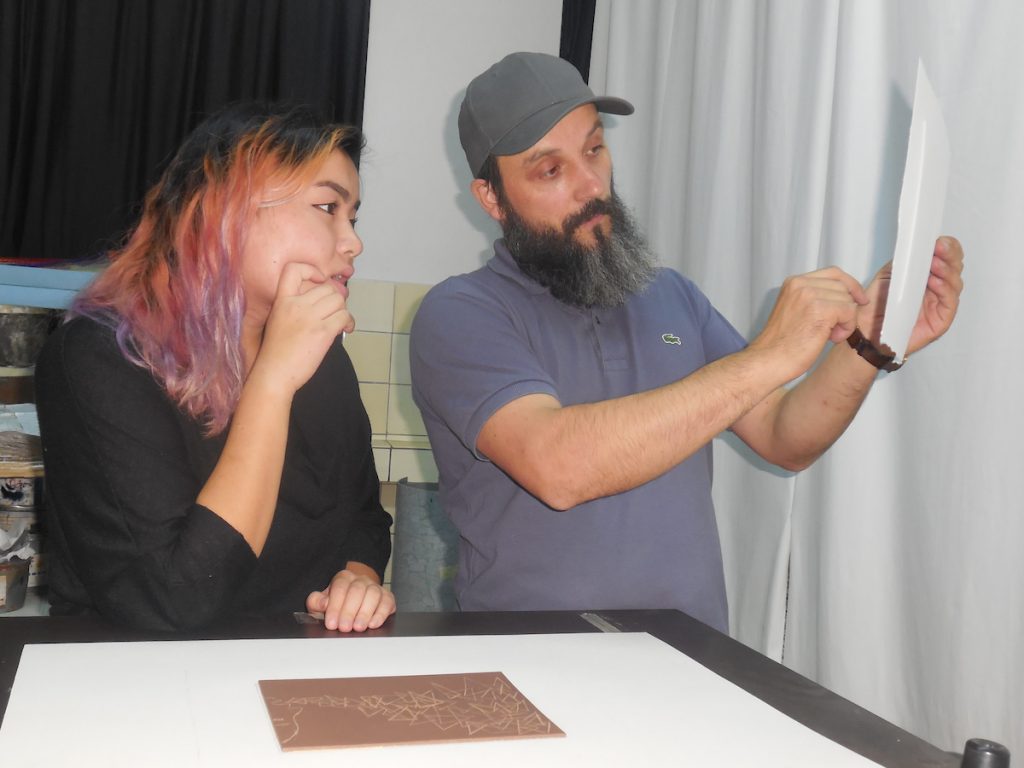
Czech Republic: Studio Arts—Explore photography, creative writing, or contemporary dance through an intensive arts workshop while examining debates around art, politics, and society.
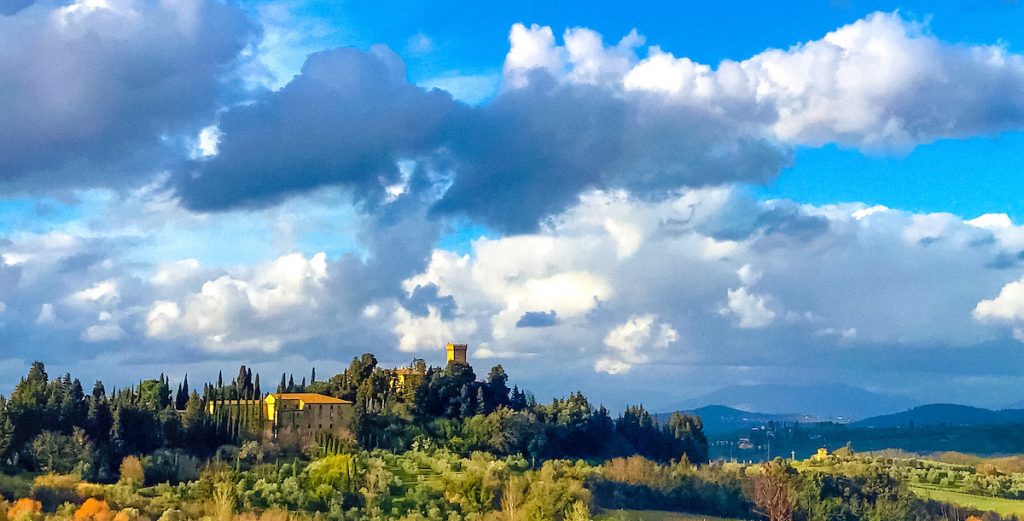
Italy: Food Security and Nutrition—Delve into sustainable agriculture on a Tuscan estate and explore how international experts are confronting challenges of food security, nutrition, and health.
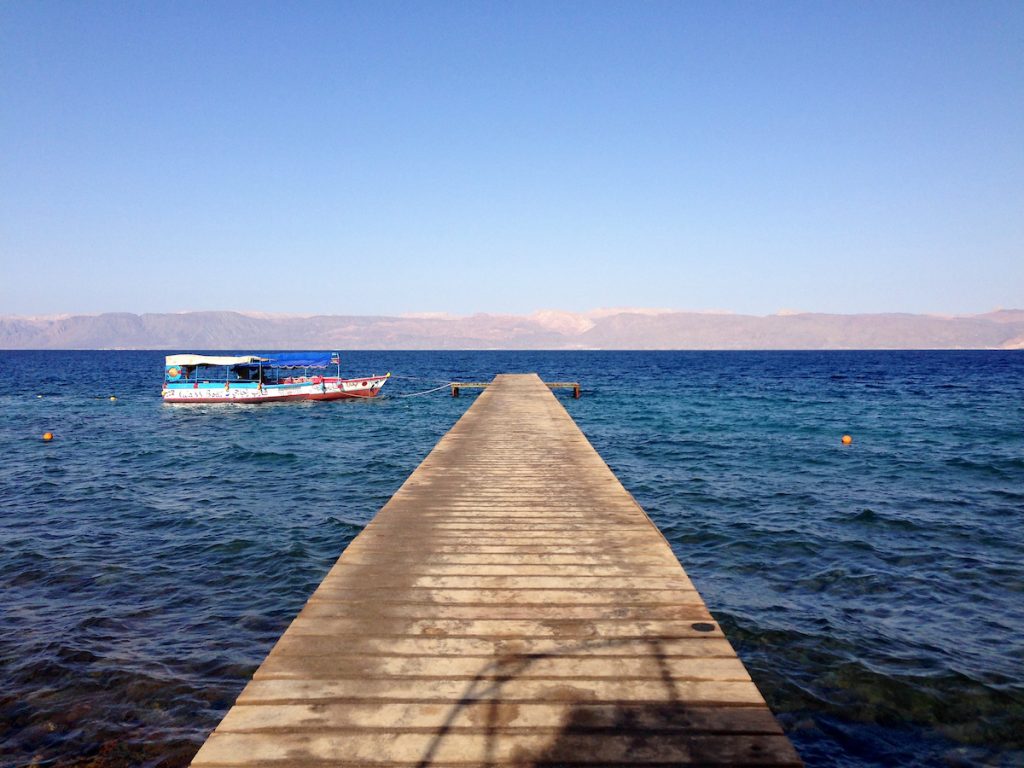
Jordan: Community Empowerment and Climate Change Internship—Gain professional experience with a UN or government agency or NGO working with youth and vulnerable groups on community empowerment and environmental sustainability.

Netherlands: Human Trafficking, Sex Trade, and Modern Slavery in Europe—Examine diverse areas of human trafficking and the sex trade, including the relationship between sex workers and broader societies.
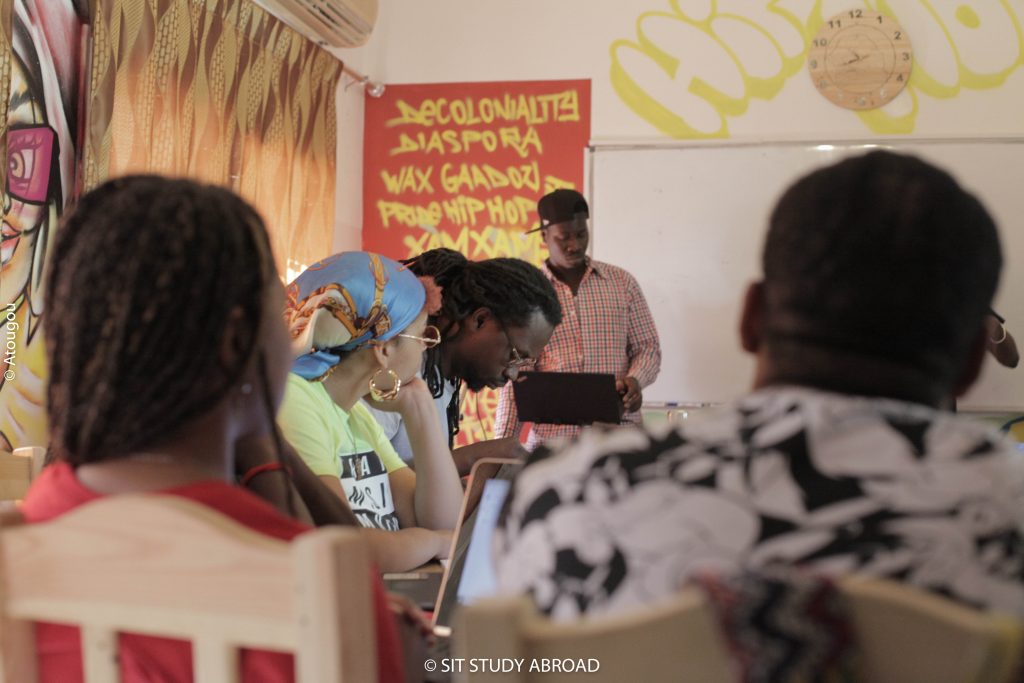
Senegal: Hip-Hop, Resilience, and Black Struggles—Examine how young Africans use hip-hop to question traditional representations of Africa, imagine the continent’s future, and raise consciousness of globalization and (in)equality.
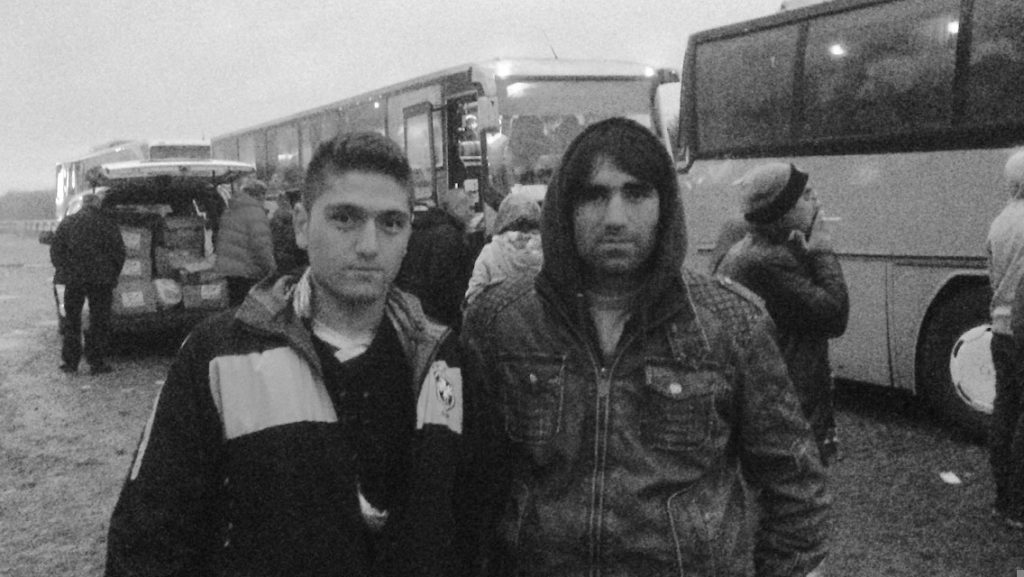
Serbia: Transitional Justice, Human Rights, and Memory Activism Internship—Look at justice, human rights, and memory in post-conflict societies and contribute to the work of an important organization with a meaningful internship.
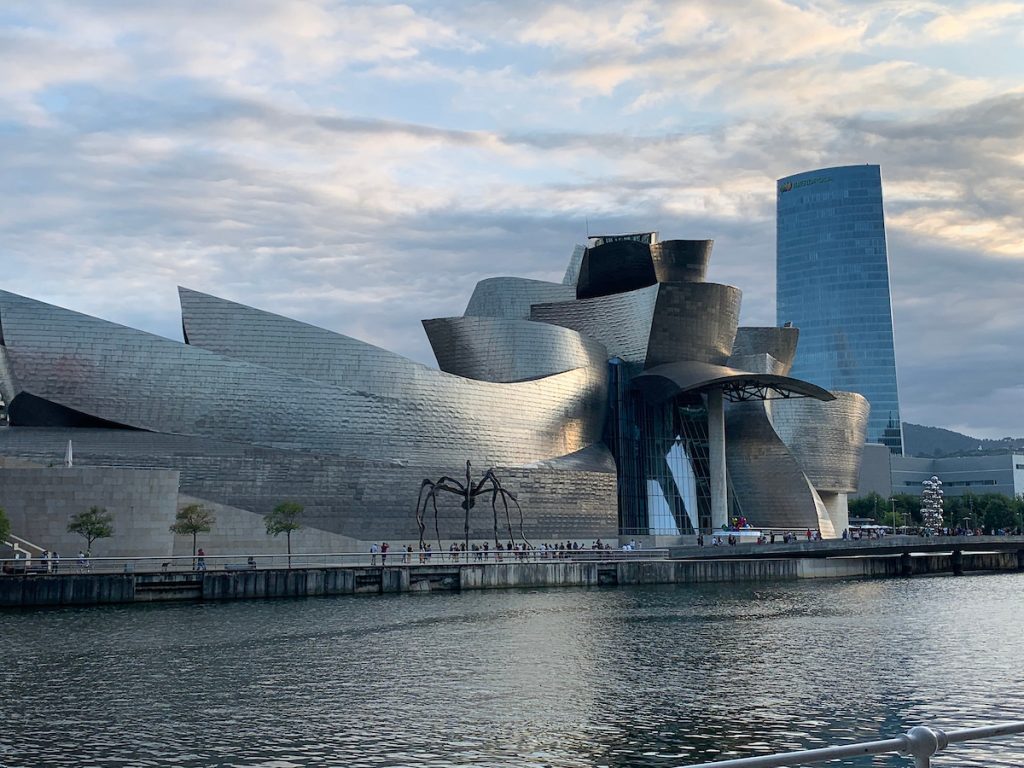
Spain: Sustainable Urban Development and Social Justice—Explore the approaches Spanish cities are taking to pursue sustainable urban development within a social justice framework.
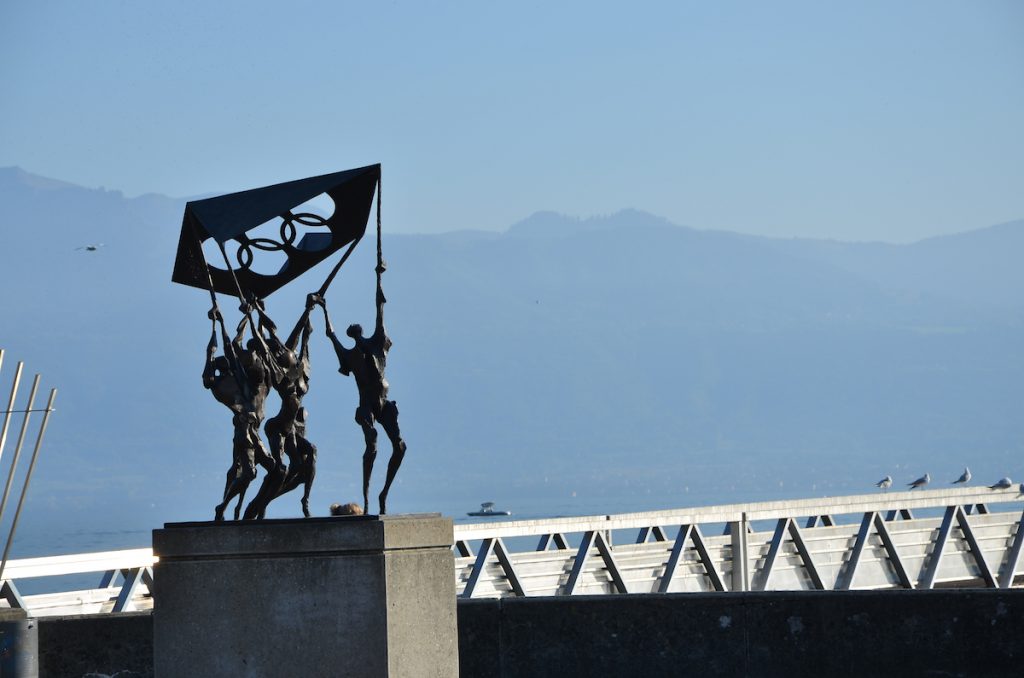
Switzerland: Global Health and Development Policy—Compare public health systems within the framework of international and sustainable development, humanitarian action, human rights, and social justice.
For more information about these and all SIT Study Abroad programs, visit www.studyabroad.sit.edu.
SPRING FORWARD
What SIT students brought with them from their
spring 2020 study abroad experience
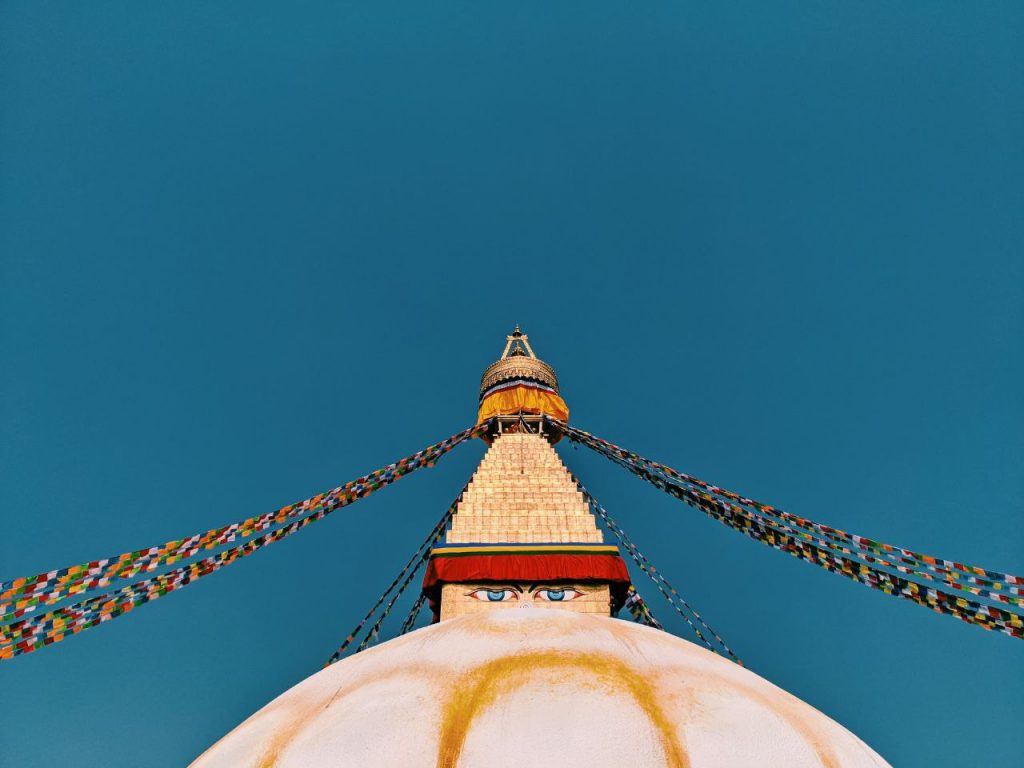
I would wake up earlier and walk to the Boudhanath Stupa. There, I would either sit in quiet contemplation or circumambulate the stupa along with elderly locals
Sim Xi Zhe (Bob)
Rising Senior, Yale-NUS College
SIT Nepal: Tibetan and Himalayan Peoples
I was born and raised in Singapore and my time studying in Kathmandu allowed me to get a different perspective – that life doesn’t always have to center around productivity. Although Kathmandu is undeniably urban, life here felt a little more languid, like a nice morning stroll compared to the fast-paced and competitive marathon of a global city like Singapore.
In Kathmandu, I would wake up earlier and walk to the Boudhanath Stupa. There, I would either sit in quiet contemplation or circumambulate the stupa along with elderly locals. Sometimes, I would run into a classmate from the program and we would chat before heading to class together. I loved these moments of unstructured time when you get to really be in the moment.
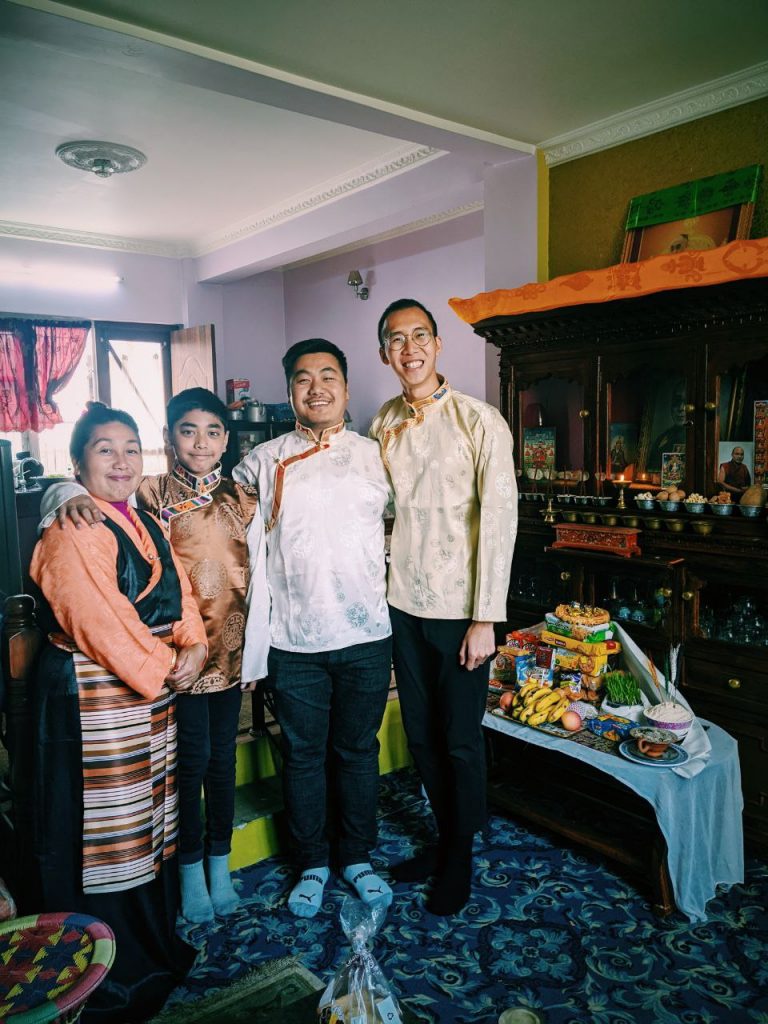
… there are so many memorable smells and sounds: the intense yet fragrant scent of incense in my host family’s house as I wake up in the morning; the quiet murmurs of prayers and mantras from the elderly locals as they circumambulate the stupa, the laughter of my classmates as we tackle the Tibetan language together in morning Tibetan classes, the dusty cold evening air as I head home for the day …
Even now, there are so many memorable smells and sounds: the intense yet fragrant scent of incense in my host family’s house as I wake up in the morning; the quiet murmurs of prayers and mantras from the elderly locals as they circumambulate the stupa, the laughter of my classmates as we tackle the Tibetan language together in morning Tibetan classes, the dusty cold evening air as I head home for the day, the casual chats with my host brother over dinner, and the joy of falling asleep in my bed having all of these things to look forward to the next day and beyond.
Living in a different culture made me aware of certain toxic cycles that were present in how I lived my life back home. These include the need to feel productive all the time, being beholden to my phone and laptop, and an unhealthy attachment to relationships and material things. I resolved not to fall back into them.
My experience abroad has made me rethink what success means, and how prestige and profit are meaningless if they don’t give me fulfilment. It has not necessarily changed my course of study or career path, but definitely strengthened a belief that my career should be geared towards serving people or a greater cause.
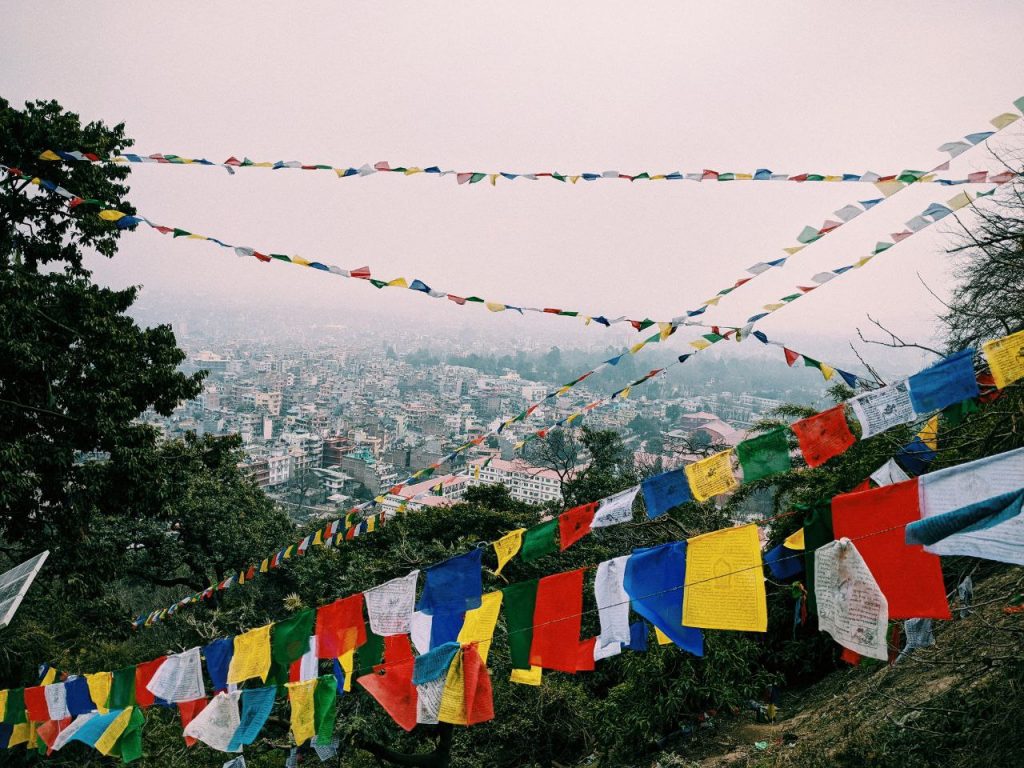
My experience abroad has made me rethink what success means, and how prestige and profit are meaningless if they don’t give me fulfillment. It has … definitely strengthened a belief that my career should be geared towards serving people or a greater cause.
The coronavirus was already a growing problem when I left for the program, but it really only hit me halfway through the semester when the Singapore government recalled all of the Singaporean students abroad. It was a really hollow feeling, I thought I was one of the only ones heading home early, but the next morning we all got an email from SIT informing us that everyone on the program would be returning home. We were all in class together and it was a really somber moment. Everyone was struggling to process it.
One month after returning, I am still processing all that had happened. We all went from living one week at a time, to a day at a time, to an hour at a time, because the situation was changing so fast. Finally, on our last day in Katmandu, it really felt like we were all living five minutes at a time.
The weekend before the program was cancelled, my classmates organized a house party and rented an Airbnb bungalow for a night. That was before we knew we all had to go home. The coronavirus pandemic was already becoming serious. Things were very unsure at that point and some of us had already decided to leave the program early, but that day was the last halcyon day we had together before things really started going crazy. We cooked together, ate together, laughed together, and although bittersweet, it was a beautiful memory that will stay with me.
SPRING FORWARD
What SIT students brought with them from their
spring 2020 study abroad experience
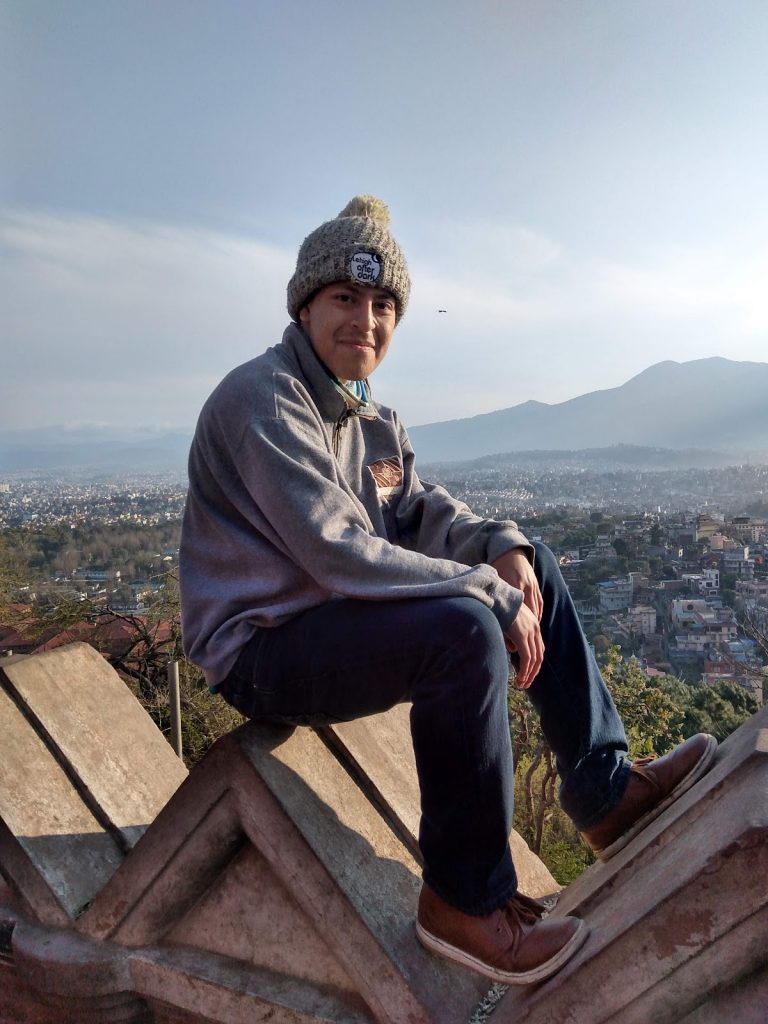
We went to the highest peak of the city. The the air was cold, and it was barely light until the sun slowly rose behind the hills illuminating a breathtaking landscape of mountains, valleys, and the sparkling blue lake.
Steven Escobar-Mendez
Sophomore, Lehigh University Class of 22
SIT IHP Human Rights: Movements, Power and Resistance (Nepal, Jordan and Chile)
The best thing about the IHP program was traveling to different parts of the world in a semester with such an amazing group. I have never been to the other side of the world, so it was an incredible opportunity made possible through aid from my university, the program, and the Gilman International Scholarship.
There were so many memorable moments, but a particularly vivid one was watching the sun rise in Pokhara, Nepal. We went to the highest peak of the city. The the air was cold, and it was barely light until the sun slowly rose behind the hills illuminating a breathtaking landscape of mountains, valleys, and the sparkling blue lake.
The program was sadly cut short due to Covid-19 when were in Amman, Jordan. However, lessons on multiple aspects of human rights from UN officials and NGOs will have a lasting impact on me.
Thanks to SIT, I will continue studying political science and global studies with firsthand experience.
Nepal: Geoscience in the Himalaya
During Women’s History Month, SIT is spotlighting some of our extraordinary academic and program directors across the globe who are making history today through their thinking, their words, and their actions.
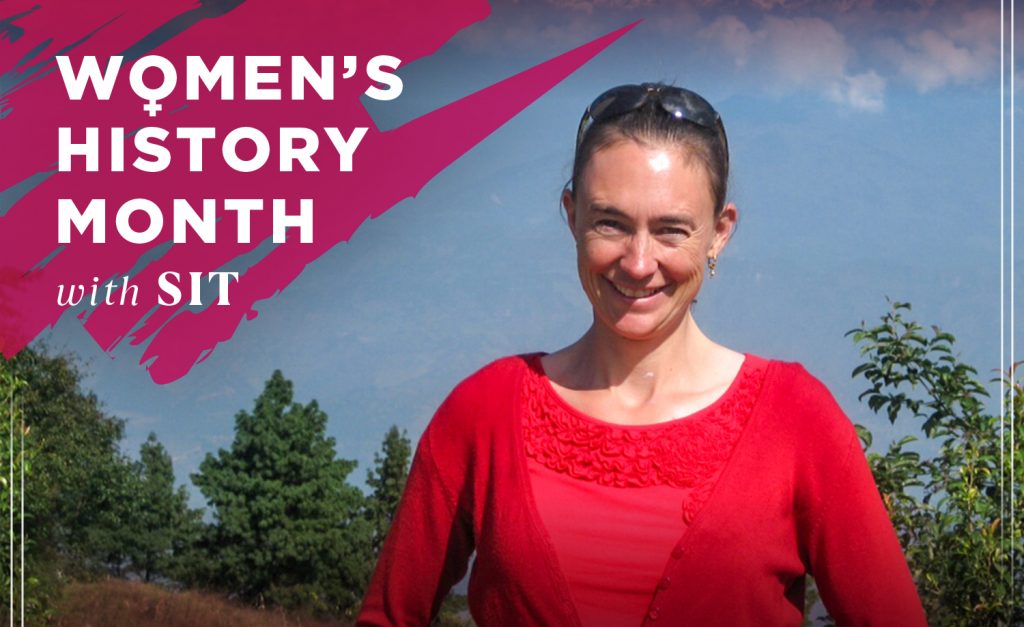
What’s your academic discipline and what inspired you to pursue it?
I’ve always loved science. Fortunately my father is a scientist (physicist) so talking about how the world/universe works was part of conversations we had regularly. My parents always stressed that girls could do any job they wanted to. I cycled through a variety of different sciences that I was most interested in but eventually settled on Earth science in college when I realized I could do science and go camping/hiking at the same time.
Who is your hero and why do you admire her?
Tanya Atwater is my hero. She was a pioneering geophysicist who started in the late 1960s, a time when only a few other women were in the field. As a graduate student during the heady late 1960s when plate tectonics was being realized by the Earth science community, she helped to make breakthrough discoveries about the San Andreas fault, despite the many many barriers to women scientists at this time. She was in the first crew of the Alvin deepwater submersible, in which women were included.
She has received many awards from organizations such as the National Academy of Science and Geologic Society of America, but the one I admire most is the Gold Medal from the Society of Woman Geographers. In my opinion, the Gold Medal is far more prestigious than the Nobel Prize in that only 21 women scientists have received it since it started in 1933. Tanya shares this honor with the likes of Amelia Earhart and Jane Goodall. In addition, she is a joyous and supportive mentor who has priorirized working with teachers and doing science outreach over high-powered career moves.
Why do you teach?
I love talking about ideas and getting excited about learning more about how the Earth works. When I’m with students, I get the added excitement of seeing them learn new things and succeed in testing themselves in challenging and new situations.
What advice would you offer young women?
Do what you love. Don’t let people persuade you from doing what you love, but do find sisters, mentors, and role models who can help guide and protect you. Stand up for yourself and others when needed.
Development, Gender and Social Change in the Himalaya
During Women’s History Month, SIT is spotlighting some of our extraordinary academic and program directors across the globe who are making history today through their thinking, their words, and their actions.
- Read Suman’s personal story about the battle she and her partner waged in the Nepal legal system for recognition of their marriage.
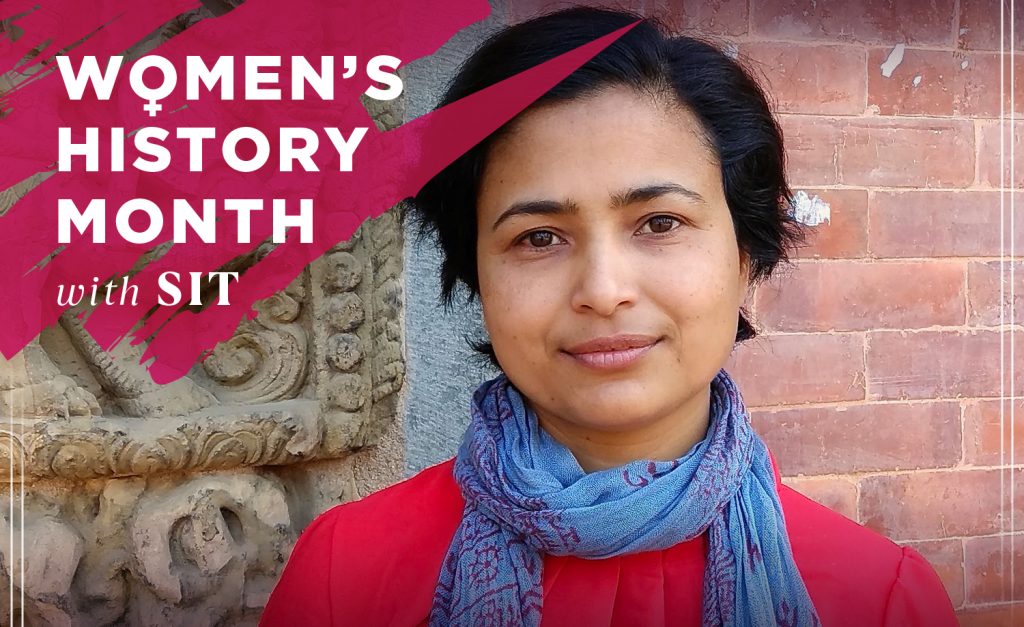
What is your academic discipline and why did you decide to pursue it?
I did my doctorate in public policy. One of the big reasons why I wanted to pursue this particular discipline was the realization that unless we have proper platforms for meaningful changes, development would remain reactionary and more of a Band-aid solution to the problems we face in society.
Why do you teach?
I enjoy teaching, I’m actually not sure why I enjoy it so much. Also, with time I have realized how little we know, and how much is out there. Teaching helps me realize different perspectives and biases (my own and others’) and learn more about the issues that I care about.
What advice would you offer young women?
I would advise them to not worry too much, learn from experiences and move on. Pursue what you deeply care about and it usually all works out.
Pasang Tsamchoe la is from Dhingri, Tibet. At a very young age, she came to India and completed her secondary education from the Tibetan Children’s Village. After earning her bachelor’s degree in 2000, she moved to Kathmandu, Nepal, where she has taught Tibetan and math in a Tibetan/Buddhist secondary school for 14 years. In addition to teaching Tibetan language at SIT Nepal: Tibetan and Himalayan Peoples since 2014, she also teaches at the nearby Centre for Buddhist Studies at the Rangjung Yeshe Institute. Pasang la enjoys travelling, meeting new people, and learning about their stories and cultures.
From Kathmandu, Pavitra Paudyal completed her master’s degree in Nepali linguistics (Tribhuvan University) and received methodology training in teaching as a second language (Pitzer College Program, Nepal). Nepali language instructor with our program since 2013, Pavitra also has extensive experience teaching for SOAS, Sojourn Nepal, Trinity College in Nepal, and the SIT International Honors Program, and has been research assistant to many PhD students. With Andrew Krakower, she co-authored the textbook Ramaillo Nepali (privately published). She received training on class design and assisted ESL teachers at different levels in California. She designed the “Boost Class” method for interactive language learning, and trained SIT teachers from across Asia in her method, which is used in Tibetan and Nepali classes at the nearby Rangjung Yeshe Institute.
Dema received her bachelor’s and master’s degrees in law from Jordan University. She has completed her required legal training and is expecting to take the Jordanian Bar exam shortly. She is qualified in many aspects of both civil and criminal law within Jordan and has completed over 35 training courses in legal issues. These courses dealt with civil and criminal law, and several pertained specifically to the rights of the child or the rights of women. Additionally, she is trained in international treaties and agreements pertaining to related human rights issues. Since 2004, she has volunteered at the National Center for Human Rights in Jordan. She is also a member of Talal Abu-Ghazala, a famous law firm in Jordan that trains in civil and criminal law. Her past experience includes two and a half years in a law firm as a legal trainer. She has been a homestay coordinator for SIT since 2008 and was an advisor for SIT students studying topics related to women, culture, and youth.
Yanik is the director of Passage International, which facilitates experiential education and global understanding by creating opportunities for students to live and learn abroad. He has guided several treks in Nepal and India and has worked with study abroad programs since 2002. Yanik participated in the No Education: No Freedom, No Opportunity seminar in Germany on whether education should be liberalized. He was involved in an Antenna Foundation project — a dramatized TV series that raised issues on women’s rights and attempted to break taboos. He has been working in radio since 2005, first with a 24-hour commercial radio station and now with Revolution Radio, an online radio station. He is also a part of the hip-hop/slam poetry group Word Warriors.
Amala first hosted SIT students as homestay mother 30 years ago. A lifelong leader in Tibetan education in exile, she also runs our Dharamsala program center, complete with extensive library and IT resources. Amala’s support of our students in Dharamsala, whether on excursion or especially during the ISP period, is invaluable.
Patricia grew up in Omaha, Nebraska, and completed a BA in English literature with minors in linguistics and creative writing at Boston College. She began studying colloquial Tibetan in 2013, taking intensive lessons at the Esukhia language school in Dharamsala, India. That same year, she was a Boston College study abroad student of Tibetan language and Buddhist philosophy at the Rangjung Yeshe Institute in Boudha, Nepal. Patricia developed a particular interest in modern Tibetan poetry and literary translation and completed a translation project on Tibetan poetry, for which she conducted research in Boudha and Dharamsala. Patricia is deeply interested in Tibetan and South Asian cultures, languages, and literature.
Rinzi was born in Solukhumbhu in the Everest region, east of Kathmandu. He came to Kathmandu at the age of three and attended Daleki Secondary School. He has been with SIT since 2009, where he handles finances and ensures the proper functioning of the program house. He acts as right hand to the academic director.
Isabelle received her doctorate in oriental studies from the University of Oxford (2002). She came to Kathmandu in 1990 as a volunteer teacher in a Tibetan monastery school and returned in 1992–1993 to study Tibetan and Sanskrit at Tribhuvan University.
Isabelle’s research and experience have focused on classical philosophical, religious, and literary texts. She has studied those texts in the context of exposure to and interaction with contemporary cultures, people, politics, and landscapes, principally along the Himalayas, in the Tibetan regions and neighboring areas, and in South Asia. Her dissertation examined an apparent paradox in Tantric Buddhism, using Indian and Tibetan sources. Isabelle was a founding member of the Clay Sanskrit Library team, preparing bilingual editions and translations of Sanskrit literature. In addition to managing and co-editing the whole series, her own volume is a 7th-century coming-of-age novel, a Sanskrit narrative of 10 young men’s experiential education and study abroad.
Isabelle has taught graduate and undergraduate courses in Indo-Tibetan Buddhist studies at the Universities of Oxford and London and at Mahidol University in Bangkok. She has researched and lectured at institutions across the world and led a Royal Geographical Society Oxford University expedition to the Tibetan plateau.
Ranjan is an engineering geologist specializing in geohazard reduction. He received his PhD in geotechnical engineering from Kagawa University, Japan in 2009, when he also received the best engineering research award. He has researched landslides, debris flows, earthquake hazards, engineering geology, geomorphology, landslide simulation, disaster management, disaster education, foundation analysis, and engineering geology of roads and dams. He is passionate about innovation to increase sustainable development. He authored the most comprehensive report on the Seti River debris flow disaster of 2012 and Geology for Technical Students. Ranjan teaches at Tribhuvan University’s Central Campus. In 2012-13, he was a visiting scholar at Kagawa University in Japan.
Ananta has lectured at Tribhuvan University for more than 20 years and has assisted with field geoscience courses for Nepali and international students. He has a PhD in sedimentology and geochemistry from Université Joseph Fourier in France and was a Fulbright Scholar at Cornell University in 2012–13. His research interests include using sedimentology and geochemistry to better understand climate history and past depositional environments. He is active in GPS/GNSS research of ground surface movement and geohazards education and mitigation. Recently, he has been part of a National Geographic team studying climate change and other environmental factors in the Everest region of Nepal.
